It’s a slow day at the Arusha crafts market, meaning that an obviously foreign woman is going to get a lot of attention. The banter starts immediately, and I don’t even have to respond to set the bargaining process in motion. As I walk toward a booth, a soapstone bowl is randomly yanked off a table and thrust at me, accompanied by the shouting of an absurd price. By the time I am level with the booth, $70 has become $40. As I continue to walk, the price slides lower: to $30, to $20; as I continue out of earshot, the last thing I hear is $10. It is an auction in reverse.
In Your Bucket Because…
- You can get your Christmas shopping done and not worry that your friends and family already have what you’re buying.
- It’s often possible to buy from the artists themselves, and once you get beyond the trinket level, much work is one-of-a-kind, or at least, handcrafted.
- Good for collectors, art lovers, and budget travelers.
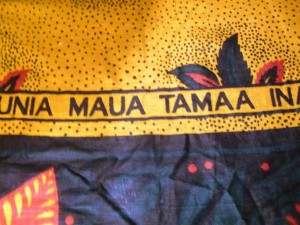
East Africa is a shopper’s paradise for rustic wood carvings, soapstone, weavings, and jewelry. You’ll find all manner of souvenirs in hotels and game resorts as well as in market stalls and city shops in Tanzania and Kenya. In markets, the asking price can be more than twice the normal selling price, sometimes way more. To get a feel for the going rate, compare notes with fellow travelers. Tour guides can be helpful — or not. They often receive commissions, and their loyalty is to the cousins, friends, and colleagues they work with every day, not to an ephemeral tourist.
In the larger shops in Nairobi, Arusha, Moshi, and Mombasa, quality can be higher (they’ll certainly tell you it is; that’s part of the sales schtick). There is less room for negotiation, but shoppers can almost always ask for a “discount,” especially when buying several items.
A growing number of artisan craft centers also offer higher quality souvenirs. Some support local initiatives such as women’s cooperatives. In Kenya, if you’re not comfortable bargaining, head to the Utamuduni Craft Center in Langata, about 25 minutes from Nairobi toward the Karen Blixen house. The center has a curated disaply of crafts from all over the country — and no bargaining (although there’s nothing stopping you from making a gentle request for a discount).
Buying Wood Carvings in Kenya and Tanzania
In a hotel gift shop near Lake Manyara, I gaze at a four-foot tall ebony carving of a woman who looks like she is emerging from a tree. The cost — $700 — seems exorbitant for the region, but well worth it for the art. I can’t take my eyes off the piece. Acquaintances of mine buy it and ship it: I learn later that it arrives whole in New York, but that customs hassles and extra duties add considerably more to the price.
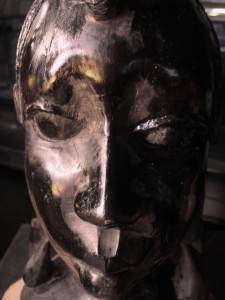
Ebony wood carvings of people and animals are an art form in East Africa. The famous Makonde carvings of southeastern Tanzania include figurines of people (such as Masai warriors), representations of families and spirits, as well as candlesticks, salt and pepper shakers, salad forks and spoons, and wooden chalices. Prices for smaller carvings start at a few dollars and go up commensurately with size, craft, and artistry.
The Wakamba of Kenya have also made carving a specialty. To buy carvings directly from the makers, go to the Akamba Cooperative in Mombasa, a large workshop where visitors can watch the carvings being made.
Traditionally, carvings are made of hardwoods such as mahogany and ebony. Ebony actually has a light-colored bark and a cream-colored outer wood; it is the heartwood that is almost black. Some of the most beautiful ebony carvings keep some of the light outer wood; the contrasting bark can act as a sort of a frame for the dark wood sculpture. Some unscrupulous salespeople paint ordinary wood with shoe polish to make it look like ebony, so buyer beware.
Masks are sold widely in East Africa, but some of the masks available in East Africa are actually West African. The difference is usually quite obvious, but if you haven’t learned to identify the different styles, ask. A good place to get an education about African art stylings is at the African Heritage Pan-African Gallery shops in Nairobi (they also have shops in Zanzibar and in some high-end hotels hotels).
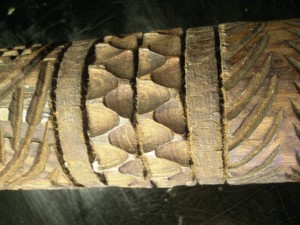
A completely different kind of woodwork is available in Swahili cities such as Zanzibar and Lamu, both on the Indian Ocean coast. Elaborately carved doors and furniture — both new and antique — are available for the serious shopper. Note, however, that the Swahili people have been trading with outsiders for millennia. A tourist may bring (or ship) home a treasured keepsake, but the price won’t necessarily be cheap. And the shipping can be so expensive that you’d be better off contacting specialty dealers in New York who import in bulk.
Buying Masai Souvenirs
The nomadic cattle-herding Masai people who live on the border of Kenya and Tanzania are master negotiators. You’ll find Masai villages near the major safari reserves of Masai Mara and Serengeti. The markets of Arusha and Moshi also sell Masai handicrafts.
- Masai blankets are plaid blankets of a rough cotton-polyester blend, often made in India. The blankets are usually red, with various geometric patterns in white, yellow, or blue. They make lightweight souvenirs that can be used as picnic blankets and tablecloths back home. The cost is $10 – $20.
- Masai beadwork is beautiful and very detailed, although the large dramatic neck pieces are probably more appropriately displayed by westerners as art works than worn as pieces of jewelry.
- Masai shields and spears are available in the markets of Moshi and Arusha. The spears come apart, so they can be packed in checked luggage.
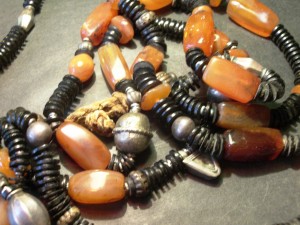
Other East African Souvenirs: Textiles, Baskets, Jewelry, Soapstone
- Traditional baskets called kiondos are beautiful, with prices starting about $10 or $15, depending on size and complexity.
- Textiles include weavings, batiks, and the kanga (a woman’s sarong that usually has a motto printed on it) and kitenge (a sarong with no message).
- Necklaces of trade beads, hand-made beads, and stone beads are widely available.
- Soapstone carvings, bowls, plates and cups starts at a few dollars. They are beautiful — but fragile.
Don’t get too caught up in the frenzy of the African market: I found that while I enjoy having my souvenirs to look at, the most valuable keepsakes I brought home were my photographs, and I bet the same will be true for you.
Practicalities
- Bargaining is simply a necessity here. I’ve heard people on trips say they hate bargaining so they aren’t going to do it, but when my Swahili instructor took me to the market in Zanzibar to practice my Swahili by buying some vegetables, he ordered me to bargain so people wouldn’t think I was “a stupid tourist who didn’t know any better.” In East Africa the differential between the asking price and the actual price can be enormous.
- Barter is also a possibility: Baseball caps and T-shirts with brand names are popular trades. I once traded an old pair of sneakers for a night in a hotel!
- Don’t buy anything made of animal hides, horns, ivory, tortoiseshell, or coral. If you don’t know, can’t tell, and can’t find out, don’t buy. Items from endangered species are illegal to export from Africa or to import into your home country.
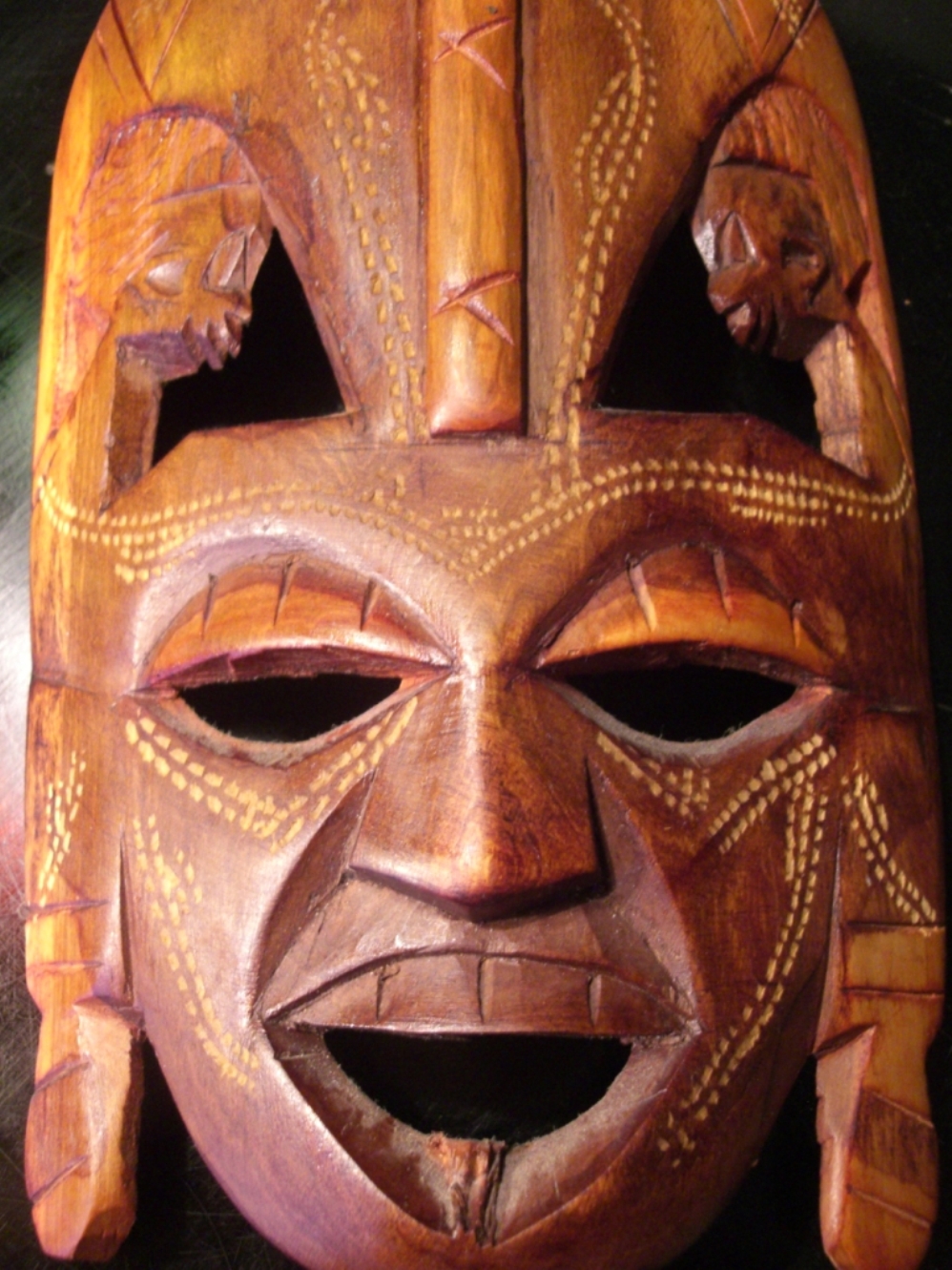
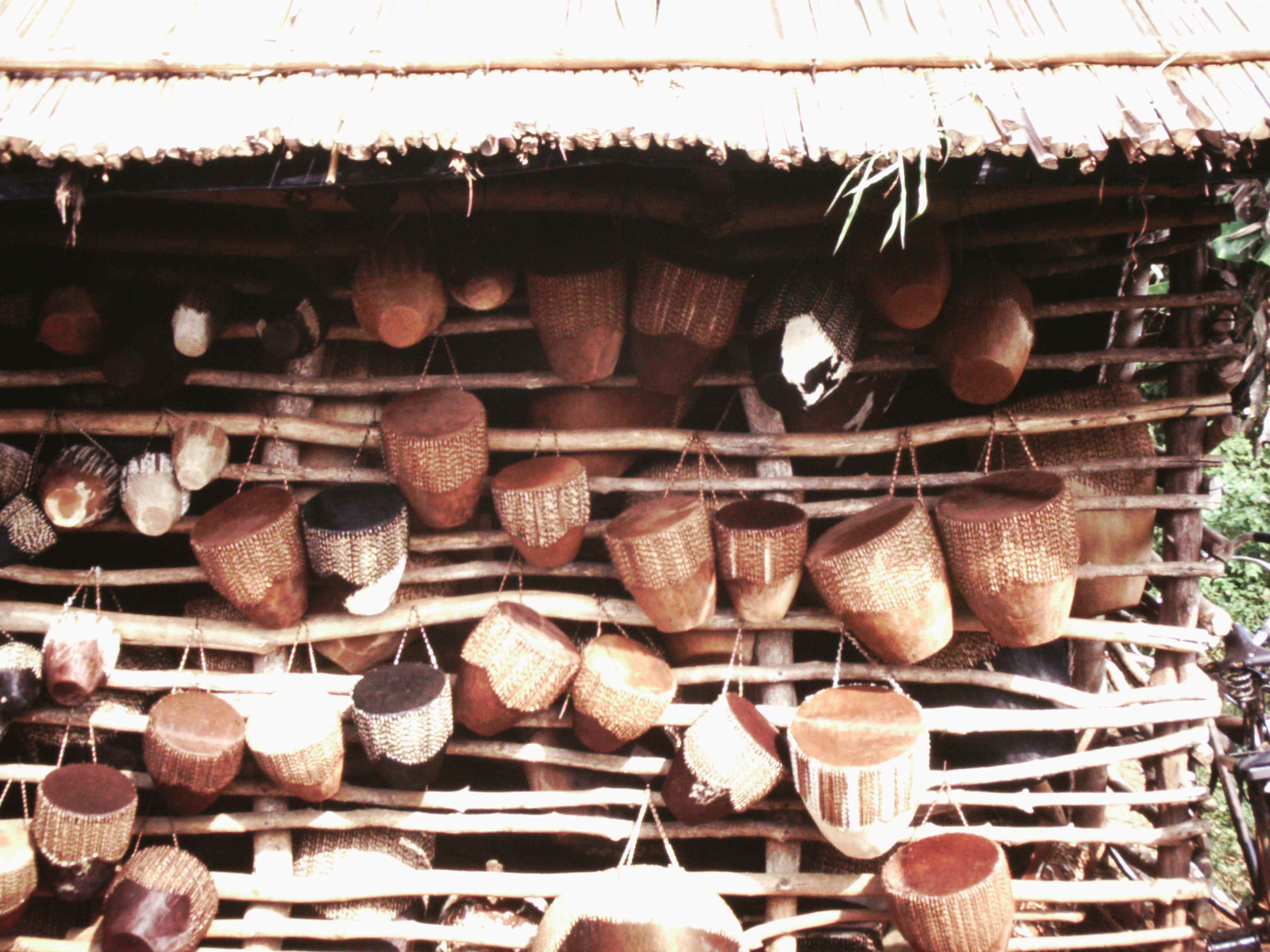
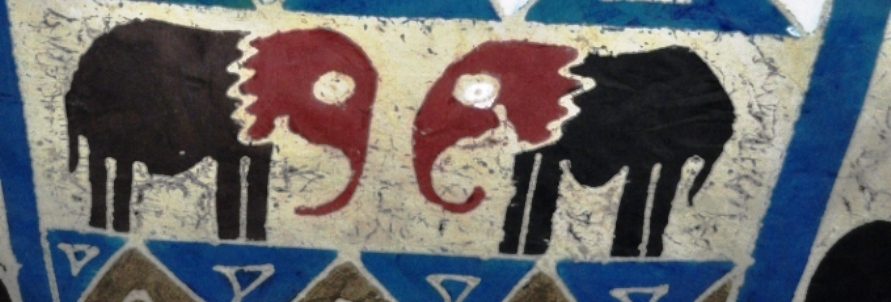
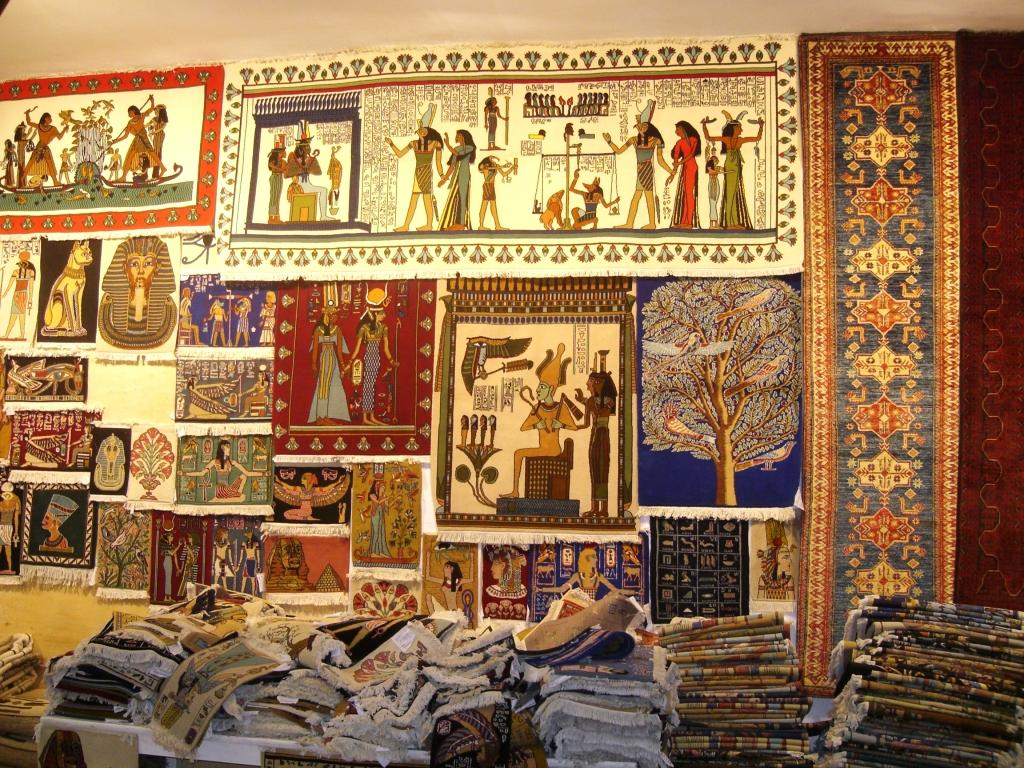
Thank you so much. Your article is relieving me so much, tips on good finds and bartering, especially. Very helpful, thank you for sharing your experience and insight. Hopefully I will be able to put your advice to good use while in Kenya. Departing in two weeks. Cheers.
I’m glad you found it useful — I know how intimidating it can be to walk into a new bustling market in a new country and not be sure of the rules. Have a wonderful trip.
Thanks for all the info. Very useful for a 1st timer like me in Kenya